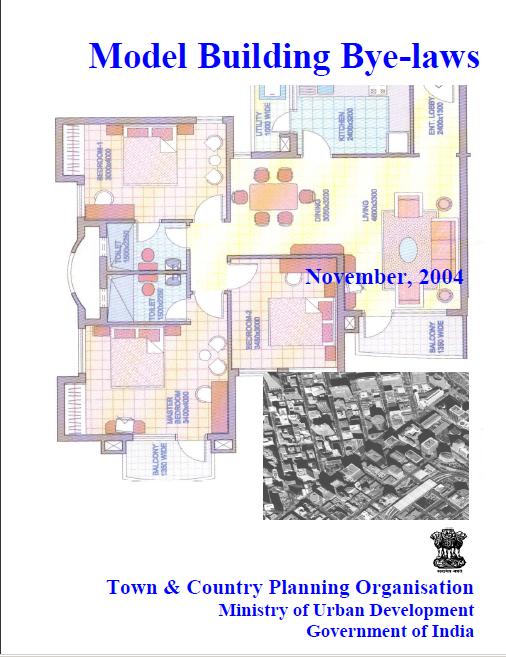/topics/pumps-and-motors
Pumps and Motors
Purushottam Patel's biogas-driven irrigation pump - A video case study
Posted on 12 Apr, 2011 12:04 PM
Deep wells and prudence - Towards pragmatic action for addressing groundwater overexploitation in India - A World Bank document (2010)
Posted on 12 Apr, 2011 01:51 AM India is the largest user of groundwater resources in the world. It is estimated that approximately 230 cubic kilometers per year is used annually, this is more than a quarter of the total world consumption from this resource.
India is the largest user of groundwater resources in the world. It is estimated that approximately 230 cubic kilometers per year is used annually, this is more than a quarter of the total world consumption from this resource.
It is in this context that this World Bank report looks at the reasons for this quantum of groundwater usage.
The report delves into socio-economic and political reasons and looks at policies which inadvertently promote so much extraction. The report also analyses various attempts to manage this resource. These attempts range from government and international agency efforts directed to grassroots mobilisations. Finally the report comes out with suggestions to deal with this crisis.
Model building bye-laws, developed by the Town & Country Planning Organisation - Ministry of Urban Development (2004)
Posted on 11 Apr, 2011 03:11 AM Building bye-laws are a set of standards used to regulate various facets of a building everything from its design to its safety features. In these 'Model Building Bye-Laws', the Town and Country Planning Organisation (TCPO) under the Ministry of Urban Development (MoUD) has created a guide for State Governments, Urban Local Bodies, Development Authorities to help them play a more effective role in enforcing the implementation of the master plans.
Building bye-laws are a set of standards used to regulate various facets of a building everything from its design to its safety features. In these 'Model Building Bye-Laws', the Town and Country Planning Organisation (TCPO) under the Ministry of Urban Development (MoUD) has created a guide for State Governments, Urban Local Bodies, Development Authorities to help them play a more effective role in enforcing the implementation of the master plans.
Booklets on water quality, river pollution and rainwater harvesting by Janhit Foundation
Posted on 18 Jan, 2011 04:16 PMThe three booklets discuss the issues of water quality, river pollution, and rainwater harvesting, in detail.
Blueprint for farm growth
Posted on 28 Dec, 2010 03:12 PM
Since the start of the 11th Five Year Plan, the growth rate in agriculture has virtually remained stagnant. A scene at a paddy field in the outskirts of Hyderabad.
Mining - An increasing threat to our rivers - Article by Nitya Jacob
Posted on 20 Dec, 2010 12:29 AMContent Courtesy: Solution Exchange and Nitya Jacob
Author: Nitya Jacob
India’s arteries are choking. Her rivers, the lifeline of hundreds of millions, are over-taxed, polluted and encroached. They are being mined, dammed and emptied of water. Save for the four monsoon months, most rivers are streams of drains, depending on how many cities they pass through. This year people gaped in awe at the River Yamuna (I am sure they were over-awed by other rivers elsewhere too) as for the first time since 1978 looked like a river and not a drain.
Water management across space and time in India – A working paper by the University of Bonn
Posted on 17 Dec, 2010 10:09 PMThis working paper by the University of Bonn attempts to give a spatial and temporal overview of water management in India. It traces how people and the successive regimes made choices across space and time from a wide range of water control and distribution technologies. The paper divides the water management in India into four periods –
- the traditional system of water management before colonial times;
- response from the colonial rulers to manage the complex socio-ecological system;
- large scale surface water development after independence; and
- finally, the small-scale community and market-led revolution.
Pumping tests on wells: A means of measuring the storage and transmission properties of aquifers
Posted on 24 Aug, 2010 10:03 AMThe presentation by ACWADAM is part of the training module developed by them on “Planning, development and management of groundwater with special reference to watershed management programmes”. Pumping a well and observing the effect of such pumping on the water level in the pumped well as well as in the adjoining parts of the aquifer through observation wells is the basic procedure involved in a pumping test.
Dipping water table in Kolar, Karnataka, leaves a Persian wheel forlorn and frustrated
Posted on 14 May, 2008 09:45 AMAs ground water levels decline in India, Persian Wheels cannot reach the water to draw them out from open wells. One such Persian wheel stands forlorn and frustrated as the water table has dipped in Kolar, Karnataka India. This wheel has worked for the last 80 years and 2007 was the first time that the water table fell and the wheel could not work for the day.
SAFEWAT: Water purification system by Population Services International
Posted on 18 Feb, 2008 11:15 AMMost drinking water projects are designed for supply of treated water through pipes to communities ; this requires investment on infrastructure such as pumps, overhead tanks, supply pipes, water purification equipment and after the project, maintenance staff and funds; while all this calls for planning, funding and time to execute, yet we cannot be certain that the water delivered remains uncon






